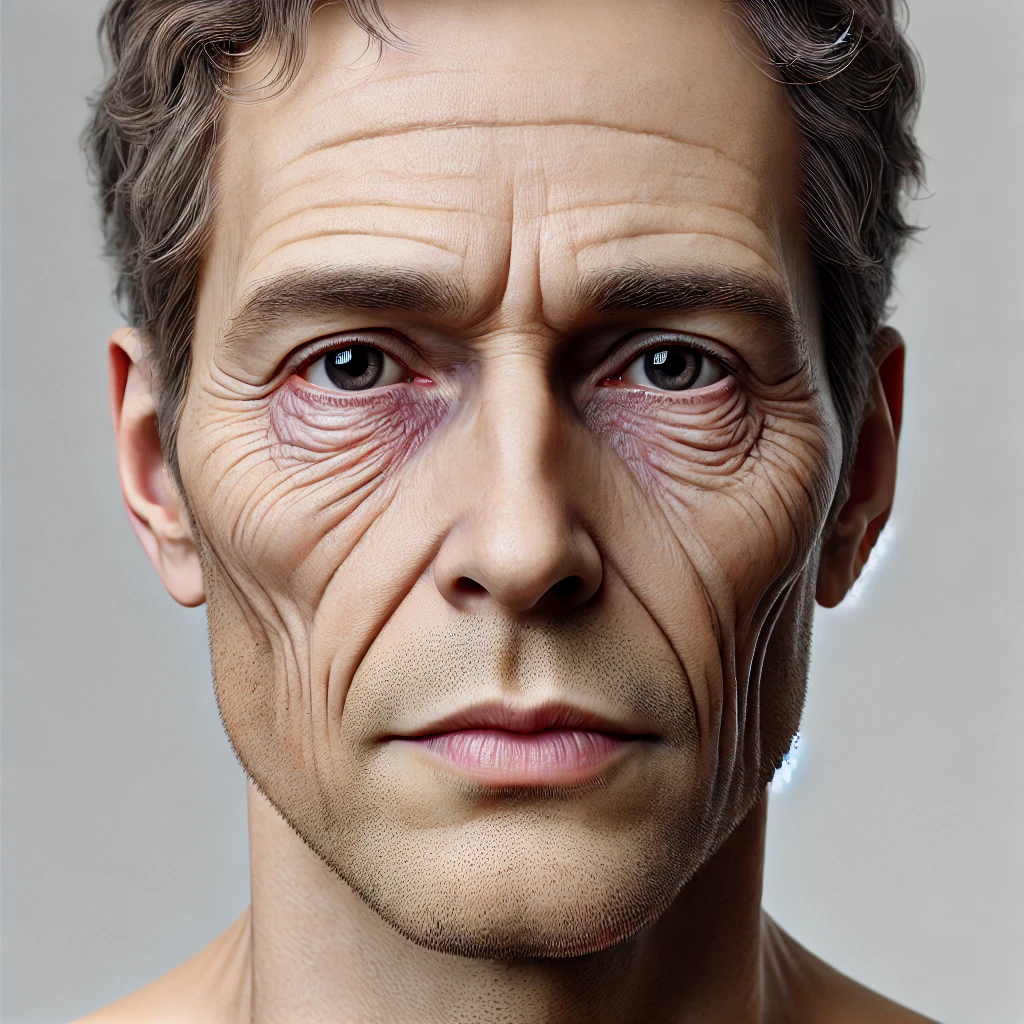Top 5 Ways to Improve Skin Elasticity Naturally and Effectively

As we age, one of the most noticeable skin changes is a loss of elasticity—that youthful “snap back” quality that keeps skin firm, plump, and lifted. Whether it’s sagging around the jawline, crepey skin on the neck, or thinning texture around the eyes, reduced elasticity can make us look older than we feel.
But here’s the good news: skin elasticity is not just a product of age—it’s something you can support, rebuild, and improve with the right tools.
From natural supplements to advanced regenerative treatments, here are the top 5 ways to improve skin elasticity, restore firmness, and bring back a radiant, youthful glow.
1. Boost Collagen Production
Collagen is the main structural protein in your skin, responsible for firmness, elasticity, and strength. Unfortunately, collagen production starts to decline in your mid-20s and drops more significantly after age 40.
To improve elasticity, you need to stimulate new collagen from the inside and out.
Top collagen-boosting strategies:
- Collagen peptides: Supplement with hydrolyzed collagen types I and III, paired with vitamin C to promote absorption.
- Bone broth: Naturally rich in amino acids like glycine and proline that support connective tissue.
- Vitamin C-rich foods: Citrus, bell peppers, and berries provide essential building blocks.
- Fractionated laser treatment with PRF: Stimulates fibroblasts to produce more collagen where it’s needed most.
- Red light therapy (RLT): Activates mitochondrial energy in skin cells to support collagen synthesis over time.
More collagen = more bounce, firmness, and youthful structure in your skin.
2. Hydrate Your Skin—Inside and Out
Hydrated skin is plump, elastic, and resilient. Dehydrated skin, on the other hand, appears dull, dry, and more prone to fine lines and sagging.
How to deeply hydrate:
- Drink plenty of water: Aim for half your body weight in ounces daily.
- Eat hydrating foods: Cucumbers, watermelon, leafy greens, and bone broth help maintain fluid balance.
- Use hyaluronic acid topically: This molecule holds up to 1,000 times its weight in water, helping to plump the skin and reduce signs of laxity.
- Natural oils: Argan, jojoba, and rosehip oil seal in moisture and support skin barrier health.
When skin cells are well-hydrated, they function more efficiently and maintain better tone and elasticity.
3. Support Elastin and Antioxidant Defense
While collagen gets the spotlight, elastin is the protein that gives skin its ability to stretch and bounce back. Elastin is harder to rebuild than collagen, so protecting it is key.
Ways to preserve and support elastin:
- Protect from UV damage: Use mineral sunscreen daily to prevent breakdown from sunlight.
- Use antioxidant-rich skincare and nutrition: Vitamin E, green tea extract, astaxanthin, and resveratrol help neutralize the free radicals that degrade elastin fibers.
- Avoid smoking and excessive alcohol: Both dramatically accelerate elastin loss and skin aging.
- Topical peptides: Signal skin to repair and regenerate structural proteins, improving firmness over time.
By reducing oxidative stress and protecting elastin, your skin stays stronger and tighter, longer.
4. Incorporate Regenerative Aesthetic Treatments
If you want to take your skin elasticity to the next level, regenerative medicine offers non-surgical treatments that activate your body’s healing pathways.
Top treatments for tightening and firming:
- Fractionated laser treatment with PRF: Combines collagen induction therapy with your own growth factors to rebuild dermal structure.
- Fotona skin tightening: Uses heat to stimulate collagen remodeling in deeper layers of the skin.
- Ultrasound-based treatments (e.g., Ultherapy): Targets the SMAS layer (same layer treated in facelifts) to lift and firm skin without downtime.
- Red light therapy: Encourages collagen and elastin repair at the cellular level with no pain or recovery needed.
These treatments work synergistically with good nutrition and skincare to restore skin elasticity from multiple angles.
5. Balance Hormones and Address Internal Health
Your skin is a reflection of your internal health—and hormones play a huge role in skin tone, elasticity, and aging.
Key internal factors that affect skin elasticity:
- Estrogen: Declines with age and contributes to thinning, sagging skin.
- DHEA and growth hormone: Support collagen synthesis and skin regeneration.
- Insulin resistance and high cortisol: Accelerate aging and collagen breakdown.
- Nutrient deficiencies: Zinc, vitamin A, and omega-3s are critical for skin repair.
A functional medicine provider can assess hormone levels, inflammation, and nutritional gaps to help optimize your internal environment for better skin.
When your body is in balance, your skin responds with vibrancy, firmness, and glow.
Final Thoughts: Skin Elasticity Is Rebuildable
Losing skin elasticity can feel discouraging—but it’s not permanent. With the right support, your skin can bounce back, rebuild, and renew itself naturally.
By combining:
✅ Collagen-boosting nutrients
✅ Deep hydration
✅ Elastin protection
✅ Regenerative therapies
✅ Hormone and lifestyle optimization
…you can restore firm, resilient, youthful-looking skin—without surgery or harsh treatments.
Want Personalized Help Improving Your Skin Elasticity?
At Sheen Vein & Cosmetics, we specialize in natural skin rejuvenation through PRF microneedling, red light therapy, RF tightening, and functional medicine support.
✨ Schedule your consultation today to create a custom plan that helps your skin look and feel its best—from the inside out.